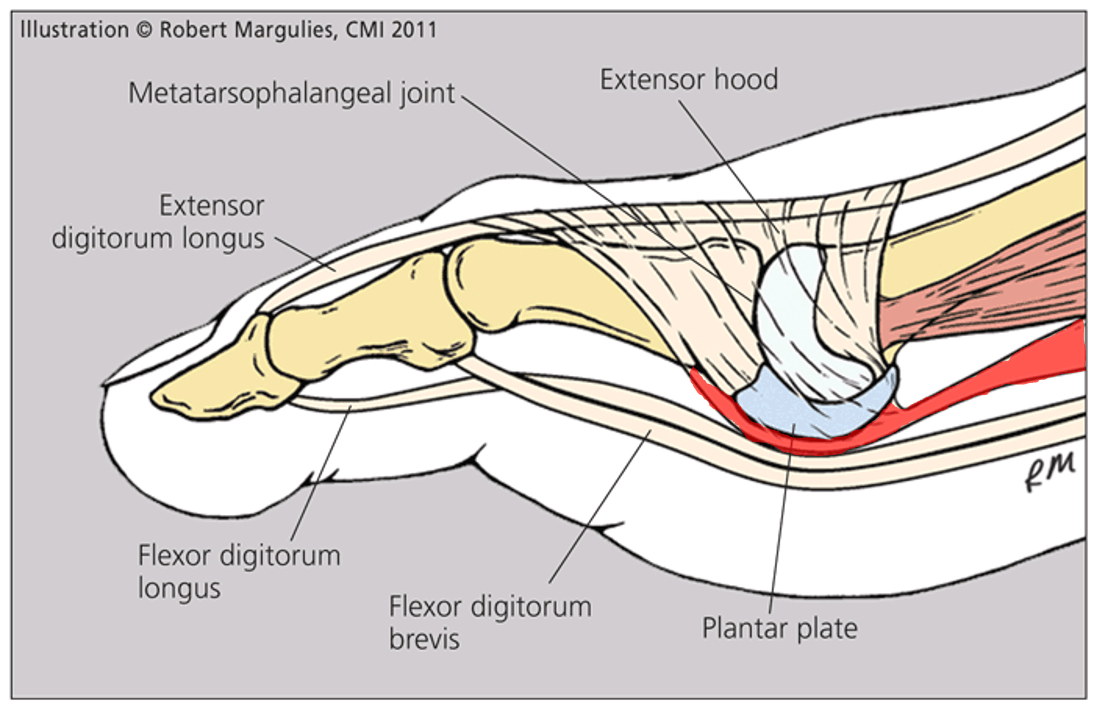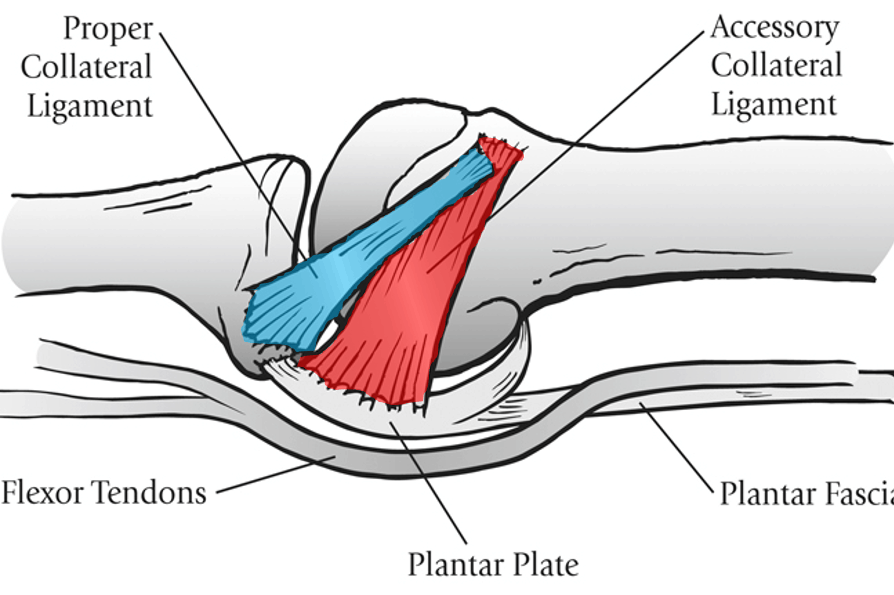Runner Avoids Foot Surgery and Gets Back to Running
Scott had tried everything short of surgery to repair a running injury in his foot—physical therapy, chiropractic manipulation, special shoes, boot immobilization, acupuncture, massage therapy, Motrin, electrical stimulation, and so on. After struggling for years and finding no relief, devastation set in when this lifelong runner and former track captain heard these words: “Maybe you just shouldn’t run anymore.” But Scott loves running, and it was also those words that made him determined to find a solution…one that didn’t involve surgery.
Scott’s Foot Injury
The very last thing you want to hear if you’re a runner is a huge snap coming from one of your feet. But this is exactly what happened to lifelong runner Scott. Normal life changed drastically at that moment as he could barely walk or stand, let alone do what he loved most…running! Having tried all he knew to try, the worst case scenario was looming before him, as each and every doctor he saw said the same dreaded words…the only option was surgery!
That horrible snap was Scott’s flexor hallucis longus (FHL) tendon, but there was a lot more going on. In addition to the FHL damage, the MRI showed small holes in the plantar plates in the second and third metatarsophalangeal (MTP) joints (toe joints). It also showed evidence of arthritis in his first-through-third MTP joints which explained why his toes had become very painful.
What Is the Flexor Hallucis Longus Tendon?
The FHL (Flexor Hallucis Longus Tendon), highlighted in yellow, is on the bottom of the big toe. Its purpose is to flex the toe and stabilize the ankle along with other tendons. It’s quite a unique structure and has several different functions.


Scott Tries Corticosteroid Injections
Scott decides to try corticosteroid injections, and his experience is best communicated in his own words:
“The theory behind them is that they dull the pain, but they don’t really work because what they’re actually doing is just killing the tissue. I think I actually got my second injury under the toes because the muscle under my arch was so weakened that it prevented me from actually exercising the muscles under my toes and caused that second injury. So I don’t think that cortisone shots actually work…they work in that they kill your muscle tissue, but that’s not really a great solution to the problem.”
I’ve been covering the toxic effects of these corticosteroid injections on this blog for years, and here are a handful of the issues I’ve shared regarding these injections:
- Steroid injections weaken the tendons.
- Steroid injections damage tissues.
- Steroid injections are toxic to joint cartilage cells.
- Steroid injections kill stem cells.
- Steroid injections suppress brain function.
It’s clear to see just from this small sample of side effects why Scott’s experience with his cortisone injections didn’t work and why these injections are just an all-around bad idea.
Scott’s Regenexx SD Injectate Treatment
Scott’s resolve to steer clear of surgery solidified when his chiropractor shared the story of her bad experience following the same foot surgery. His determination led him to Regenexx where, in March of 2015, he was treated by Dr. Centeno in Colorado with with a precisely placed (using ultrasound and fluoroscopy guidance) same-day procedure using bone marrow concentrate, which contains stem cells (Regenexx SD injectate). This patented protocol involves harvesting the Regenexx provider patient’s own bone marrow concentrate, which contains stem cells and reinjecting them back into the patient’s body.
Lifelong Runner Scott Runs Again…and Then Some
No words can express Scott’s success with his bone marrow concentrate treatment better than his own:
“After the procedure, I walked out. I got on a flight shortly after that, and my foot was really sore for about a week. But about a month later, I hiked up Mount Kilimanjaro. Three months later, I was on a trip in Europe and actually went out in Paris and ran along the river and was able to do six miles. It was the first time in three years I was able to run without any pain…So now I’m at the point where I can run eight, ten miles with almost no discomfort, and I’ve got back the thing that I love. I can run again!”
The upshot? It’s an amazing feeling to watch Regenexx provider patients succeed in their treatments and return to the activities they most love. Scott was just seeking relief from his long-term and debilitating foot pain and wanted the ability to run again. His flexor hallucis longus tendon pain, toe joint arthritis, and plantar plate injuries were treated with bone marrow concentrate injections, and not only is this lifelong runner up to 10 miles two to three days a week, but now he’s climbing volcanoes! Wow! Talk about a come back!
Note: The testimonials appearing on this website reflect the real-life experiences of patients with the Regenexx protocol but are not necessarily typical of what you or any other patient might experience. Individual results of procedures using Regenexx lab processes will vary depending on a number of factors, including your diagnosis, the severity of your condition, your overall health, and others. To better understand what large numbers of patients experience on average, please visit the Regenexx Results page, and inquire with a physician in the licensed Regenexx network.
Patients often characterize non-surgical treatment options that use Regenexx injectates as “stem cell” or “regenerative medicine”. For more information about these terms and how Regenexx defines them, click here.
Procedures using Regenexx injectates have a success and failure rate. Patient reviews and testimonials on this site should not be interpreted as a statement on the effectiveness of treatments for anyone else.
